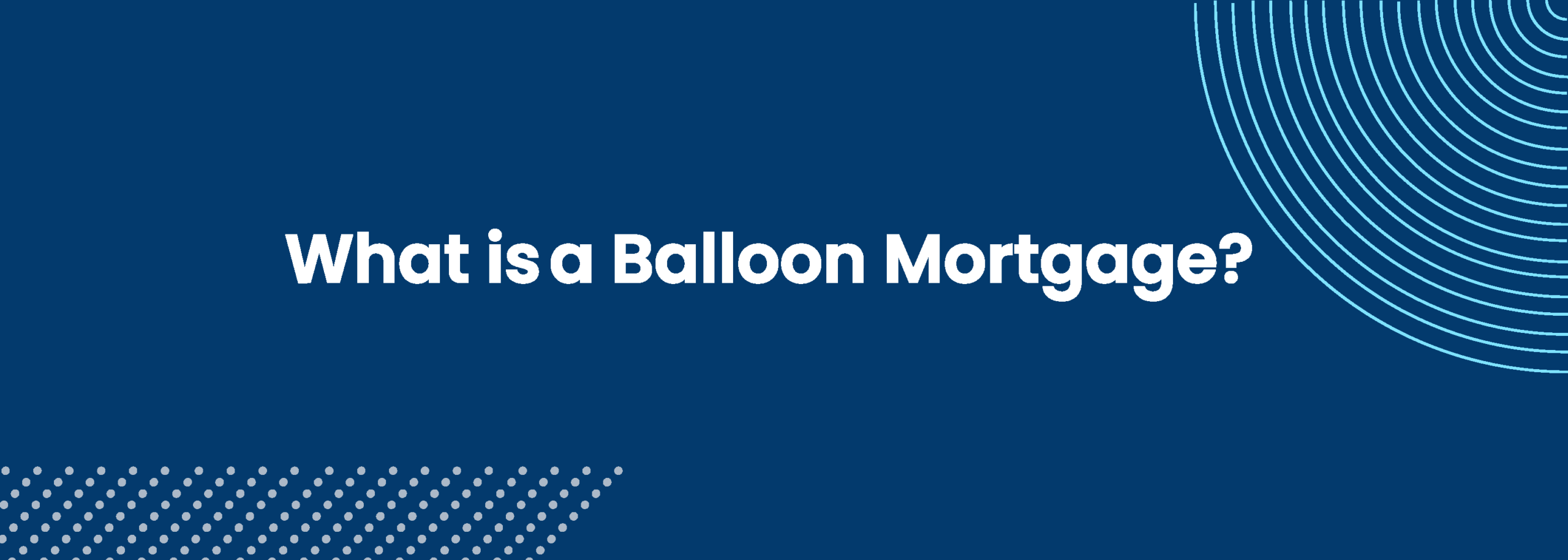Balloon Payment Definition: A balloon mortgage is a financing strategy in which a homebuyer makes low payments throughout the loan period but pays a lump sum at the end of the mortgage term.
It’s a common term used in real estate financing. People often use “balloon mortgage,” “balloon payment,” “balloon loan,” or “balloon clause” interchangeably.
Since the balloon loan is not fully amortized, the borrower makes a substantial payment, or a balloon payment, at the maturity period (5-7 years) of the balloon mortgage.
What is the Purpose of Balloon Mortgage?
Balloon mortgages allow real estate investors and homebuyers to access low-interest loans without offering collateral. Real estate investors use balloon mortgages to get an unsecured loan that allows their business time to grow before having to pay the lump sum amount.
What is the Difference Between a Balloon Mortgage and a Traditional Mortgage?
Balloon mortgages differ from traditional mortgages in a number of ways. Most notably:
- The monthly payments that often cover just accrued interest are usually lower for a balloon mortgage.
- Balloon loans are usually short-term, five to seven years, unlike a traditional mortgage, which can go up to 30 years.
- Most balloon mortgages have fixed rates because of their short-term nature, whereas traditional mortgages can have adjustable rates due to changes in market conditions over time.
What is the Minimum Term for a Balloon Mortgage?
The common length for a balloon loan is five to seven years. However, some creditors may issue a payment term as short as two years.
What is Fixed Rate vs. Variable Rate?
In a fixed-rate loan, the interest rate charged remains the same throughout the specified loan period. The interest rate is not subject to fluctuations in the market. Variable rate loans, on the other hand, will have the interest rate adjusted to align with the market conditions.
Example of a Balloon Loan
If you take a balloon mortgage of $400,000 to finance your home with a five year term and 4.5% interest rate, your monthly payment for five years will be $ 2,027. At the end of five years, you would pay a balloon payment of $366,658.
Advantages of a Balloon Loan
- Low eligibility requirements such as simple proof of income.
- Payment could be interest only, which gives your business time to grow before making the lump sum payment.
- No need for collateral.
- Good if you are facing a cash shortage for a short period but expect to receive significant capital soon.
Disadvantages of a Balloon Loan
- High risk associated with paying the lump sum amount at the end of the loan term.
- In case of financial recession, interest rates may rise and expose you to the risk of foreclosure.
- Your credit score can be significantly impacted, up to 10 years of your credit history, if you fail to pay your balloon mortgage.

